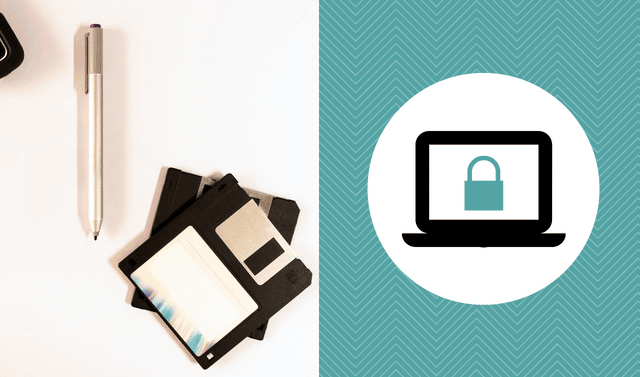Sign up for the Family Tree Newsletter Plus, you’ll receive our 10 Essential Genealogy Research Forms PDF as a special thank you!
Get Your Free Genealogy Forms
"*" indicates required fields
Creating backups of your genealogy data used to mean making CD after CD of files about Great-grandma Ida—all rendered obsolete as soon as you discovered new information about her, because CD-Rs can’t be edited. Not so with external hard drives.
An external hard drive lets you back up your hard-earned genealogical data with a few clicks of a mouse: Simply edit your existing file and drag it over to the hard drive.
You can overwrite old data with the newest version. Or you can edit or save data directly on the drive, exactly as you would on your computer. Any sorting or naming system you created on your computer will be preserved, but you can modify it just as you would on your computer’s hard drive.
If you still picture external hard drives in their early incarnations—clunky, heavy boxes requiring an AC adapter and $200 to $300—you’ll be pleased to learn they’re now sleeker than ever. You can get pocket-sized 500GB models—likely more storage than your current computer’s hard drive—for less than $100. And no more plunking down for new spindles of CD-Rs to back up your latest genealogy finds.
In this tutorial, we’ll walk you through the steps for copying data onto an external hard drive. You also can take advantage of software that streamlines and automates the backup process, allowing you to save an exact copy of your computer’s hard drive, on a schedule that you specify. Mac OS X Leopard users have Time Machine, a built-in application that automatically saves every file and setting on your computer so you can restore your prior system easily after a computer crash. The PC counterpart is System Restore.
PCs come with other backup utilities, too, whose features and functions vary depending on which version of Windows you’re running. For more on Windows XP, visit <microsoft.com/windowsxp/using/setup/learnmore/bott_03july14.mspx>; for Vista, see <microsoft.com/windows/windows-vista/features/backup.aspx>.
1. Plug your external hard drive into your computer using the USB cord. Double-click on the desktop icon for your external hard drive to see its contents.
2. Select the data folder you’d like to add to your external hard drive, then drag and drop it into the open window. If you want to back up data that’s not on your desktop, simply go to My Computer in Windows or open a new Finder window on a Mac, navigate to the files you want, and either drag and drop the files from there, or copy and paste into the external hard drive’s window.
3. Once you’ve copied the data onto the external hard drive, you can organize it however you like.
4. When you’re finished backing up files, be sure to “eject” the drive before disconnecting it—otherwise, you risk losing data. In Windows, click the Safely Remove Hardware icon in the tray at the bottom of the screen and choose your hard drive from the list. On a Mac, drag and drop the drive’s icon to the trash, or press the eject icon in your Finder window sidebar.
Hard Choices
Amazon.com
Toshiba 500GB USB 2.0 Portable Hard Dive, $89.99
Toshiba 500GB USB 2.0 Portable Hard Dive, $89.99
Bestbuy.com
Western Digital My Passport Essential 250GB 2.0 Portable Hard Drive, $69.99
Staples.com
HP SimpleSave 320GB Hard Drive, $99.99
HP SimpleSave 320GB Hard Drive, $99.99
Buy.com
Seagate FreeAgent Go 640GB USB 2.0 Portable Hard Drive, $133.99
Seagate FreeAgent Go 640GB USB 2.0 Portable Hard Drive, $133.99
From the January 2010 Family Tree Magazine
ADVERTISEMENT




